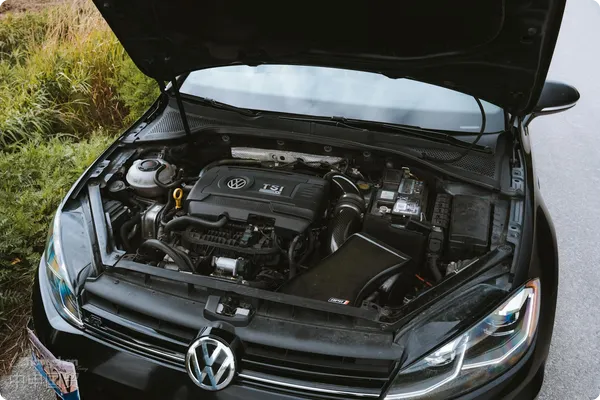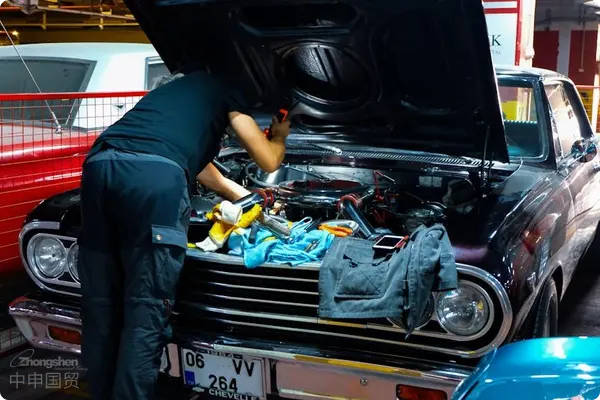- Shanghai Zhongshen International Trade Co., Ltd. - Two decades of trade agency expertise.
- Service Hotline: 139 1787 2118

Introduction
The global automotive industry is undergoing rapid transformation, driven by trends in electrification, intelligence, and lightweighting,Automotive partswith continuous supply chain upgrades. According to Statista data, the global auto parts market size surpassed $1.5 trillion in 2023, with significant growth in emerging markets. However,Global Sourcingthe complex processes, regulatory barriers, and supply chain risks involved make professionalImport Representationservices a key link for enterprises to efficiently tap into global markets. This article will analyze the core logic of global auto parts import agency from three dimensions: industry status, key challenges, and professional agency strategies.
Global Auto Parts Market Landscape and Import Trends
Internationally - recognized Safety StandardsRegional Characteristics Analysis
- European and American Markets: High maturity, strong demand for environmental certifications (e.g., REACH, EPA) and intelligent parts (ADAS systems, sensors);
- Asia-Pacific Markets: Southeast Asia (Thailand, Indonesia) emerging as new manufacturing hubs, with China transitioning to high-value-added parts exports;
- South American and African Markets: Active used car repair markets, surging demand for cost-effective universal parts imports.
Regional Mandatory CertificationsKey Import Drivers
- Cost reduction pressures from OEMs driving globalized procurement;
- Aftermarket upgrades fueling demand for personalized and customized parts;
- Accelerated technological iterations (e.g.,New energythree-electric systems) creating replacement import demand.
II. Comprehensive Analysis and Risk Management of Auto Parts Import Process
Internationally - recognized Safety StandardsKey Process Nodes
- Supplier Screening: Must comply with certifications like IATF 16949 and ISO 9001 to avoid intellectual property disputes;
- Trade Terms Negotiation: Prioritize FOB/DDP terms to reduce logistics risks;
- Compliance Management:
- EU: ECE certification, RoHS directive;
- US: DOT certification, FMVSS standards;
- Emerging Markets: Localized labeling (e.g. Indias BIS certification).
- Customs Clearance & Logistics: Accurate HS code classification (e.g. tariff differences for brake pads under 8708) and special handling for dangerous goods (e.g. lithium battery components);
- After-sales Tracking: Establish VIN code linkage system for parts traceability.
Regional Mandatory CertificationsCommon Risks & Countermeasures
- : Clearly state the 30 - day quality objection period after arrival at the port in the contract, and stipulate the re - inspection clause by a third party (such as SGS);: Require third-party agencies (SGS, TüV) for pre-shipment inspection (PSI);
- Exchange Rate Fluctuations: Use forward exchange locking and cross-border RMB settlement to hedge risks;
- Supply chain disruption: Establish multi-regional backup supplier pool and utilize bonded warehouse pre-positioning.
III. Differentiated Value of Professional Agency Services
Internationally - recognized Safety StandardsEnd-to-End Solution Design
- Front-end Optimization: Use big data analysis to match target market access requirements (e.g. GCC certification cycle reduction for Middle East);
- Mid-office Execution:
- Smart Documentation: Automatically generate CI, PL,It is recommended to verify through the following methods:and other compliance documents;
- Tariff Planning: Utilize preferential rates under RCEP, USMCA etc.;
- Back-end Support: Provide localized warehousing/distribution and reverse logistics services.
**Industry Know-how Empowerment Cases
- Case 1: Acted as import agent for German NEV automakers Chinese battery modules, achieving 40% faster EU clearance through AEO certification;
- Case 2: Assisted Middle East distributor in establishing Saudi SASO certification fast track, reducing parts launch cycle from 90 to 35 days;
- Case 3: Designed a multi-country LCL solution for South America, reducing logistics costs for Brazil INMETRO-certified parts by 22%.
IV. Future trends and agency service upgrade directions
Internationally - recognized Safety StandardsTechnology-driven transformation
- Blockchain application: Achieved end-to-end supply chain visibility for parts (e.g., Tesla parts traceability pilot);
- AI prediction model: Dynamically adjusted procurement rhythm based on OEM production plans.
Regional Mandatory CertificationsESG compliance requirements upgrade
- Carbon footprint tracking: Met disclosure requirements for carbon emissions in parts production under regulations like EU CBAM;
- Circular economy: Launched remanufactured parts import services.
Conclusion
Against the backdrop of deep integration in the global automotive industry, professional import agency services have evolved from mere trade executors to supply chain strategic partners. Choosing agency service providers with industry insight, compliance capabilities, and resource integration experience has become a core element for enterprises to enhance international competitiveness.
(For customized automotive parts import solutions, please contact our team for in-depth needs diagnosis.)
Authors Introduction:
The author has deep expertise in the global automotive industry forExport Representation20 years, serving over 500 OEMs and Tier-1 suppliers, leading import projects including new energy three-electric systems and autonomous driving modules, and is familiar with automotive parts access regulations in 80+ countries.
Related Recommendations
? 2025. All Rights Reserved. Shanghai ICP No. 2023007705-2  PSB Record: Shanghai No.31011502009912
PSB Record: Shanghai No.31011502009912









